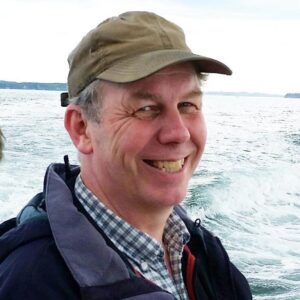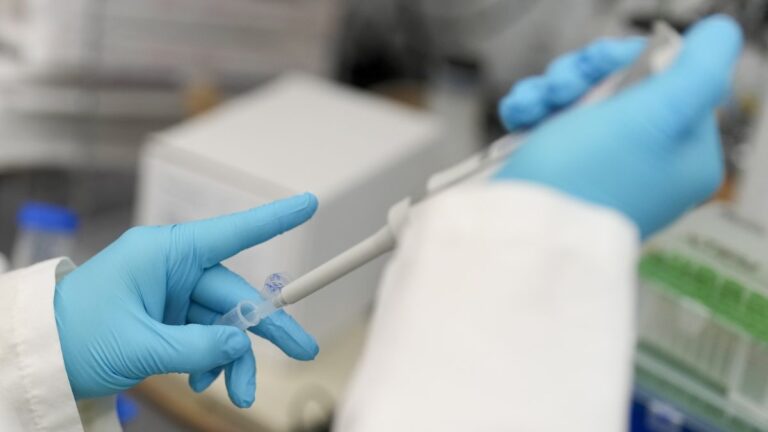The public television series Native America continues this fall with an episode that features the Passamaquoddy Tribe’s efforts to restore tribal songs and language and also to reclaim some of its lands.
A preview screening and discussion of the episode, titled “Language is Life,” will be held on August 17 and 18, at Sipayik and Motahkomikuk.
The episode follows Tribal Historic Preservation Officer Donald Soctomah and fluent language speaker Dwayne Tomah as they seek to recover Passamaquoddy songs from 19th century voice recordings on wax cylinders that haven’t been heard for a century.
Although many of the approximately 170 Native languages spoken across the United States remain at risk today, an effort to revitalize traditional languages is unfolding as Native innovators are applying 21st‑century technologies to save a core element of their culture.
The show’s episode focuses in part on Passamaquoddy songs that are being recovered using a laser‑assisted needle and a computer-enhanced digital audio restoration system.
“It’s a really inspiring film that will live forever and that we can show our children with pride,” Soctomah said of the show. “It shows the movement to save the language and the return of and the importance of land.”
Tomah points out that the traditional songs “had all been disappearing at an alarming rate” when anthropologist Jesse Walter Fewkes came to Calais in 1890 with a wax cylinder recording device that he borrowed from Thomas Edison. They were the first field research recordings of Native American spoken words, with 31 recordings being made. The recordings included stories and Passamaquoddy songs, including ceremonial, gathering and trading songs.
The recordings had been at the Peabody Museum in Boston, but “we have been able to work with them” so they could be catalogued by the Library of Congress for storage at the Smithsonian, Tomah said. The late David Francis, a Passamaquoddy language keeper, transcribed four of the recordings, and Tomah did 27 of the 31.
“We’re trying to get the elders together to review them to see if there’s anything I might have missed,” he added. While the transcriptions are at the tribal museum at Indian Township, Tomah noted the group is “working with the Library of Congress on who has exclusive authority over the wax cylinders.”
Tomah noted he and other tribal members had not heard some of the songs before, although there are some similar characteristics to songs heard today. Also, there are differences in the language that was recorded, with different wordings and ending of words.
“For me to be able to hear those songs and stories was a really profound moment,” said Tomah. “It was a deep connection to our ancestors’ voices. For me to be able to carry on my ancestors’ voices, it was really spiritual, really powerful — to be able to share that with future generations and have our ancestors’ voices to continue to be heard.”
“We are still here, and we can do this together,” he said. “We need support from everyone to bring out our language and culture. People took it away, and they should be able to restore it.”
“We should all work together with our language and stories. It’s important. It’s only going to restore friendships and relationships with one another.”
Soctomah said the tribe’s language revival efforts “are going in a great direction.” Passamaquoddy is taught in the schools, and language classes are available on the Internet. Funds are being raised for a second edition of the 18,000-word Passamaquoddy-Maliseet Dictionary, with a language team having added about 3,000 more words.
Soctomah noted the additional words are being recovered both by interviewing elders and by visits to libraries. For instance, a 150-page dictionary manuscript written in 1900 was located in Philadelphia, and an 1880 manuscript by Tomah Joseph was found, written both in English and with phonetic spellings of Passamaquoddy words.
“The most powerful part was getting the words and sentences from the elders,” Soctomah said.
Concerning the land-back movement, Soctomah points to examples such as the village site in Meddybemps that was recently transferred back to the tribe and also Pine Island in Big Lake, that was set aside for the tribe through the assistance of conservation groups. The island is part of the tribe’s traditional homeland that had been stolen in the 19th century.
The show will be screened twice in this area: on Thursday, August 17, at 6 p.m. at the tribal office building at Sipayik and on Friday, August 18, at 1 p.m. at the youth and recreation building at Motahkomikuk.
The episode will be shown on PBS on Tuesday, November 14, at 9 p.m.
This story was originally published by the Quoddy Tides, and is republished here with permission.







